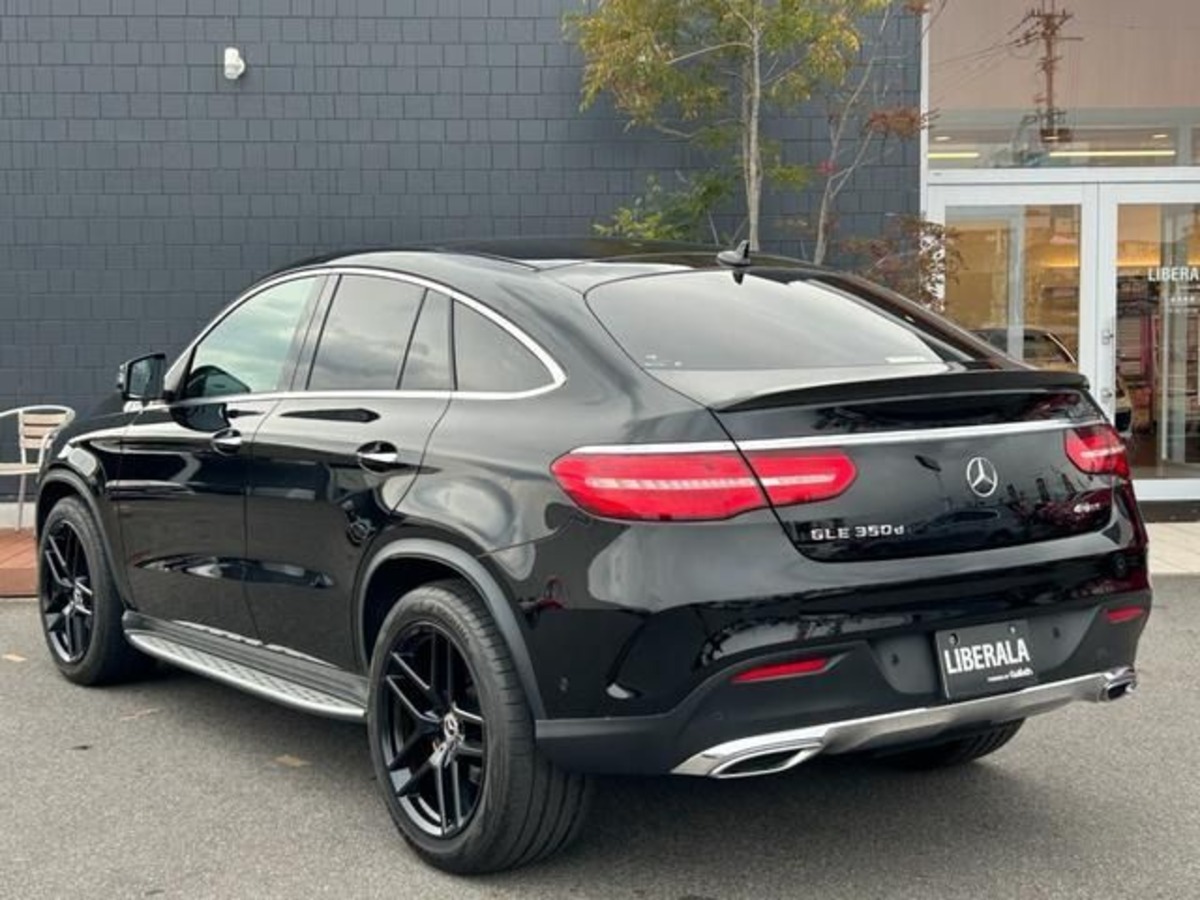In today’s automotive world, cars aren’t just machines — they’re rolling computers. From infotainment systems to engine control units, software now governs how vehicles drive, entertain, and even diagnose themselves.
This digital shift has brought undeniable convenience, but it also introduces a new kind of reliability issue: software updates and glitches.
While some vehicles run like clockwork with minimal need for updates or patches, others seem to spend more time rebooting than running.
On one end of the spectrum are vehicles with solid, mature software platforms that rarely require dealer visits or over-the-air (OTA) updates.
These are the cars that feel “complete” from the moment you drive them off the lot — their systems are stable, intuitive, and consistent over time.
On the other side are the glitch-prone models where owners report constant screen freezes, sensor miscommunications, and features that mysteriously stop working until the next patch — if it ever arrives.
This two-part list takes a look at both ends. First, we spotlight five vehicles known for their software stability — the quiet achievers that just work.
Then we dive into five that have become notorious for buggy tech, frequent recalls, and frustrated drivers. Software, it turns out, may be the new Achilles’ heel in modern motoring.
Also Read: 5 High-Mileage Cars Still on the Road and 5 You Never See Past 80k
5 Vehicles That Rarely Need Software Updates
Not all modern cars are created equal when it comes to software. While it’s common to focus on fuel economy, horsepower, or even crash ratings, digital reliability has quietly become one of the most important traits in a vehicle.
In an era where car functions — from climate control to blind-spot warnings — are driven by lines of code, stable software is as critical as a strong transmission or a reliable engine.
Yet not every car forces you to worry about this digital side. Some vehicles just work — year after year — with no endless update prompts or repeated trips to the dealership for patching.
These are the vehicles whose systems were thoroughly tested, thoughtfully engineered, and built on platforms designed to avoid dependency on frequent software revisions.
They typically rely on well-integrated hardware from trusted suppliers, simple user interfaces, and limited OTA complexity. As a result, these cars don’t crash, freeze, or confuse the driver with cryptic errors.
So why highlight these vehicles now? Because too many modern drivers are discovering that their fancy new ride needs monthly fixes like a beta-version app. It’s refreshing — and worth celebrating — when a vehicle offers tech that just works.
We’ve selected five standout models that have earned a reputation among owners, mechanics, and software engineers alike for keeping things smooth and glitch-free.
These aren’t necessarily the flashiest or most futuristic cars — but they are among the most dependable in the digital department. And in a time when software recalls are skyrocketing, that’s a kind of luxury you can’t ignore.
1. Toyota Corolla
The Toyota Corolla has long been the gold standard in no-fuss motoring, and its software experience continues that legacy. It may not have the flashiest infotainment on the market, but it’s among the most reliable — and that’s exactly the point.
Toyota’s approach to in-car tech has always been rooted in cautious evolution rather than risky innovation. The Corolla’s multimedia system, known as Toyota Audio Multimedia in newer models, is designed for stability and simplicity.
Its interface is intuitive, the response times are quick, and most importantly, it doesn’t crash or freeze unexpectedly. Unlike many rivals, Toyota doesn’t overextend its software with unnecessary layers or gimmicky features, which means fewer opportunities for bugs.
Another key reason the Corolla avoids update fatigue is its conservative rollout of features. While some automakers push experimental voice assistants or augmented reality overlays, Toyota keeps things grounded.
Navigation, smartphone integration, and climate controls are all cleanly presented and rarely fail to perform as expected. Wireless Apple CarPlay and Android Auto have been gradually implemented with surprisingly few hiccups — a feat that’s becoming increasingly rare.
From a user standpoint, there’s no need to babysit the system with constant updates. Even over-the-air (OTA) upgrades are infrequent, and when they do arrive, they’re subtle improvements rather than massive reworks designed to fix glaring issues. That gives drivers confidence that the system was done right from the beginning.
Moreover, Toyota’s strong supply chain partnerships ensure high-quality, compatible hardware. That consistency eliminates the risk of software miscommunications with third-party components—a common cause of infotainment bugs and safety feature glitches in other brands.
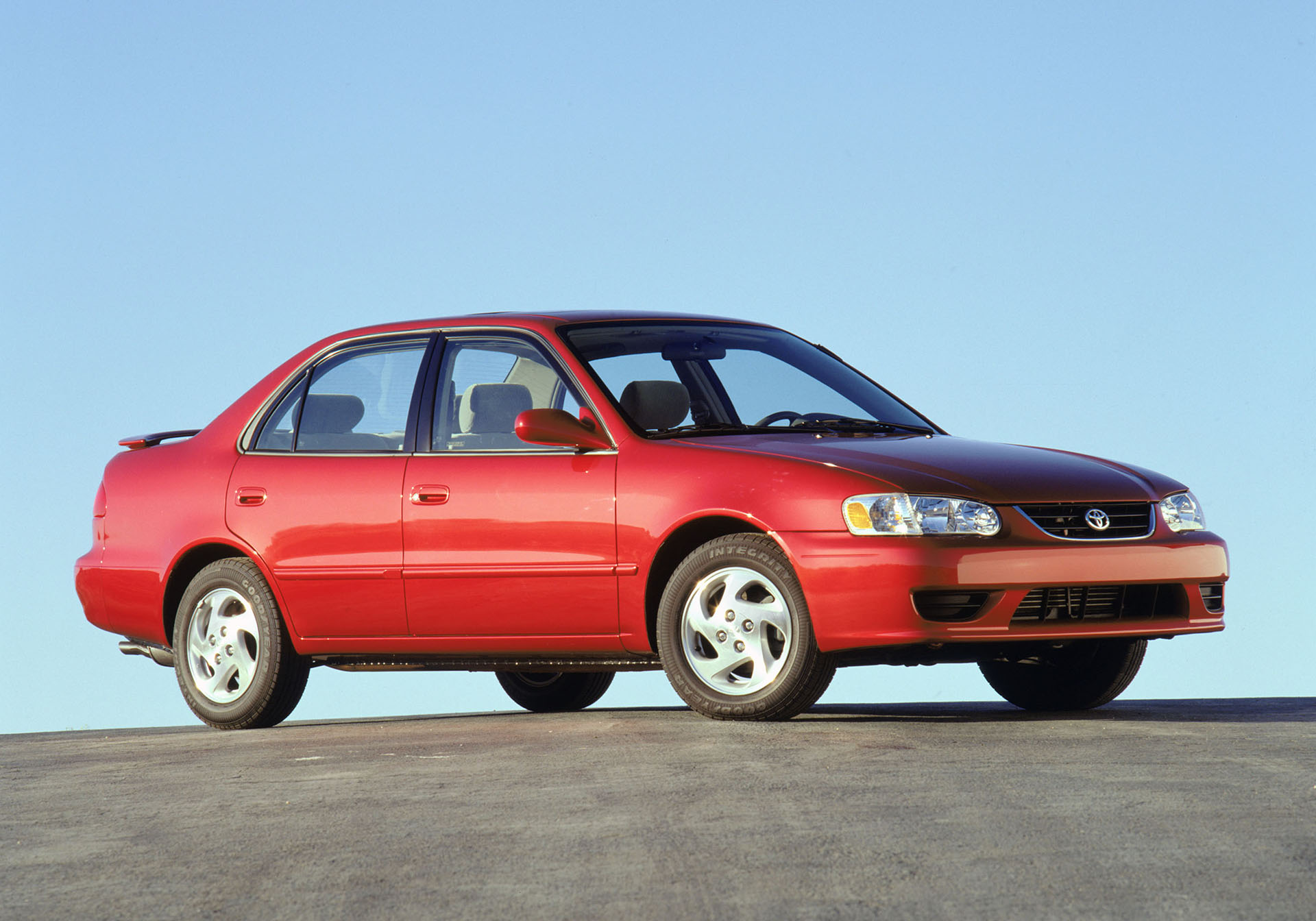
Finally, the Corolla benefits from Toyota’s overarching commitment to quality control. Before rolling out new systems across the lineup, Toyota does extensive internal testing, usually debuting new tech on luxury or flagship models before it ever reaches a mass-market car like the Corolla.
If you’re looking for a vehicle that just works — one where you don’t have to worry about your screen going blank or your lane-keep assist behaving erratically — the Corolla should be on your shortlist. It offers old-school dependability in a new-school, digital-first world.
2. Honda CR-V
The Honda CR-V strikes a rare balance in the world of modern crossovers — it offers a digitally enhanced driving experience without overwhelming the owner with tech-related frustrations.
Especially in recent model years (2020 and onward), Honda has done a commendable job refining its software stack to prioritize stability, making the CR-V one of the most dependable choices when it comes to glitch-free operation.
Honda took its time evolving its infotainment interface. After receiving criticism for early versions that lacked volume knobs or lagged with touchscreen inputs, the automaker went back to basics — and it worked.
The current CR-V features a responsive touchscreen, clear menus, and essential physical controls, making the whole system more intuitive and less prone to bugs.
Honda’s software architecture avoids heavy layering or over-customization, which can often lead to instability in competing models.
One of the key strengths of the CR-V is how its digital features work seamlessly with the hardware. Apple CarPlay and Android Auto are well-integrated and don’t suffer from frequent connection drops.
Navigation (if equipped), Bluetooth functionality, and voice commands all operate with consistent reliability.
The safety systems — including lane-keep assist, adaptive cruise control, and collision mitigation braking — also run smoothly without misfiring or requiring constant software recalibration.
Unlike tech-forward brands that flood vehicles with frequent over-the-air (OTA) updates to fix bugs or add gimmicky features, Honda takes a more refined approach.
Most CR-V owners report rarely needing updates at all, which is a testament to the well-developed software out of the box. When updates do happen, they tend to be optional and rolled out quietly, with little impact on the overall user experience.
Another factor in the CR-V’s stability is Honda’s consistency in hardware partnerships. Instead of mixing multiple suppliers across models or trims, Honda often sources from a tight group of trusted vendors, ensuring firmware and software compatibility.
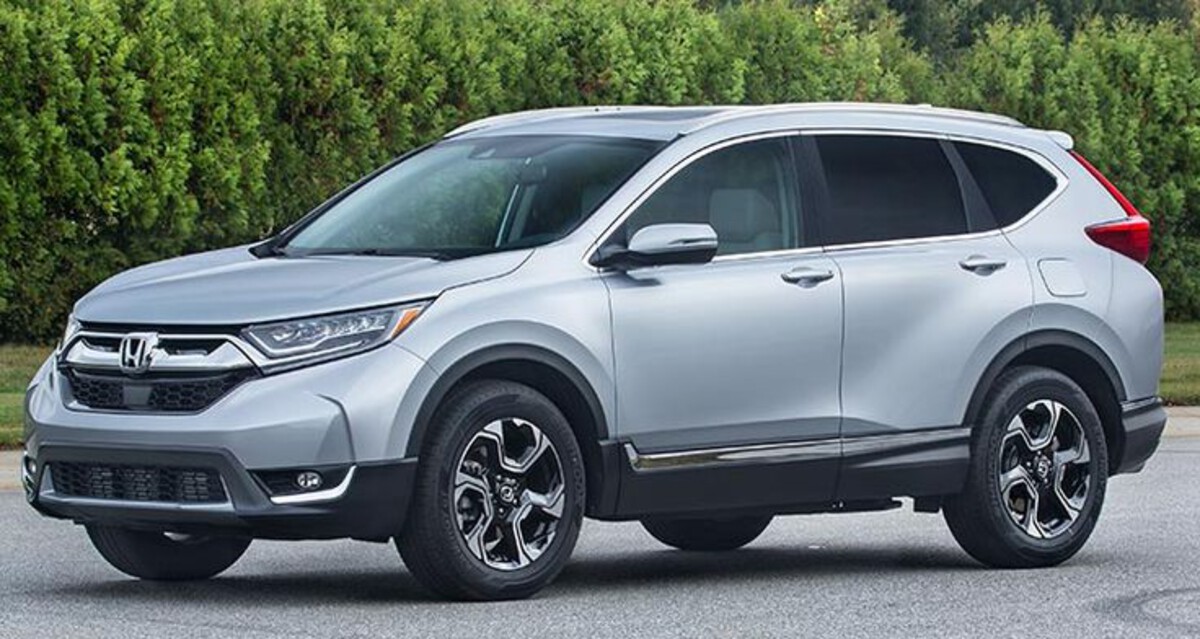
This approach reduces glitches dramatically, especially in areas like sensor behavior and infotainment responsiveness.
In the rapidly changing world of vehicle software, the Honda CR-V may not be flashy, but it nails the fundamentals. It’s an excellent choice for drivers who want modern features without modern headaches.
With dependable tech baked in and no constant alerts asking for updates, the CR-V proves that digital reliability still exists — if you know where to look.
3. Mazda CX-5
The Mazda CX-5 may not dominate sales charts like some of its compact SUV rivals, but when it comes to digital reliability, it quietly outshines many competitors.
Mazda has taken a refreshingly minimalist and deliberate approach to in-car technology, and the CX-5 benefits from this philosophy in a big way. It’s not overloaded with flashy software features — and that’s precisely why it works so well.
The CX-5’s infotainment system avoids the complexity that often leads to bugs and frequent updates.
Instead of building a flashy, app-heavy touchscreen with endless menus and customizations, Mazda opts for a clean, straightforward interface that’s controlled primarily through a rotary dial.
This decision reduces touchscreen-related freezes, improves responsiveness, and helps the driver stay focused without dealing with finicky swipes and taps.
Mazda also doesn’t rely heavily on third-party systems or experimental features. Its software is developed in-house and built specifically for the hardware it’s paired with. The result? Fewer compatibility issues, minimal lag, and near-zero system crashes.
Even when features like Apple CarPlay or Android Auto are used, they integrate smoothly — with no random disconnects or frustrating errors mid-drive.
While some automakers push frequent over-the-air updates as a selling point, Mazda has instead focused on getting it right from the start. Updates for the CX-5 are rare, because they’re rarely needed.
When they do occur, they’re usually for minor improvements or feature refinements — not to fix major usability problems. That’s a strong indicator of a stable software base.
The vehicle’s driver-assist features — including blind spot monitoring, radar cruise control, and lane-departure warnings — are similarly polished.
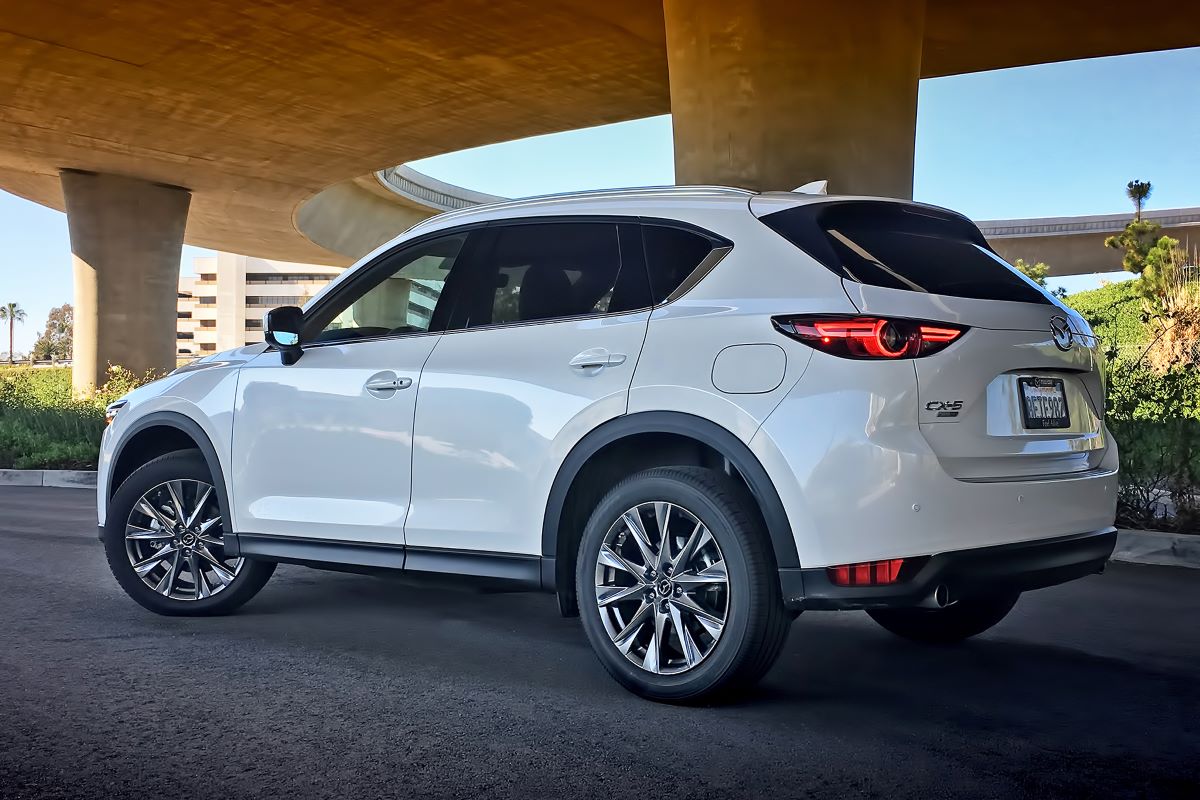
These systems do their job consistently without bombarding the driver with false alerts or requiring repeated sensor calibrations, which is a common complaint in glitchier rivals.
Owners and reviewers alike have praised the CX-5 for feeling “complete” right off the lot. That’s a rare compliment in today’s age of post-sale fixes and update dependency.
It reflects Mazda’s careful attention to the overall user experience, where software isn’t an afterthought, but a core part of the vehicle’s reliability.
In a segment filled with over-complicated systems and half-finished features, the Mazda CX-5 proves that less is more — especially when it means fewer headaches and long-term peace of mind.
4. Subaru Outback
The Subaru Outback has earned its reputation as a dependable all-weather adventurer, but its stability doesn’t end with its rugged drivetrain — it extends to the digital domain as well.
In an industry increasingly marred by touchscreens that crash and software that requires frequent patches, the Outback stands out as one of the few modern vehicles where technology rarely gets in the way of driving.
Subaru’s infotainment system, Starlink, hasn’t always been the most stylish or cutting-edge, but over the years, the brand has refined it into a quietly capable and stable platform. Especially in post-2021 models, the Outback’s software package delivers a consistent, glitch-free experience.
While many competitors flood their cars with oversized screens and gimmicky gesture controls, Subaru takes a more function-first approach, which pays off in digital reliability.
The large portrait-style display found in newer Outbacks is responsive and generally free from the lag and random reboots that plague some rivals.
Subaru avoids overcomplicating things — the interface design is intuitive, core functions are easy to access, and there are still physical buttons for key controls.
That means fewer touchscreen failures and better usability, even in extreme weather or while wearing gloves — a must for the Outback’s outdoorsy audience.
Subaru’s approach to software updates is similarly restrained. Unlike brands that seem to use customers as beta testers, Subaru rarely issues emergency patches.
Updates are infrequent and tend to focus on fine-tuning, rather than repairing broken features. That speaks volumes about the internal testing and integration work done before these systems ever reach consumers.
The driver-assist tech in the Outback — including Subaru’s EyeSight suite — is also remarkably stable. Adaptive cruise control, lane centering, and emergency braking all function consistently, with far fewer reports of erratic behavior than seen in other midsize crossovers.
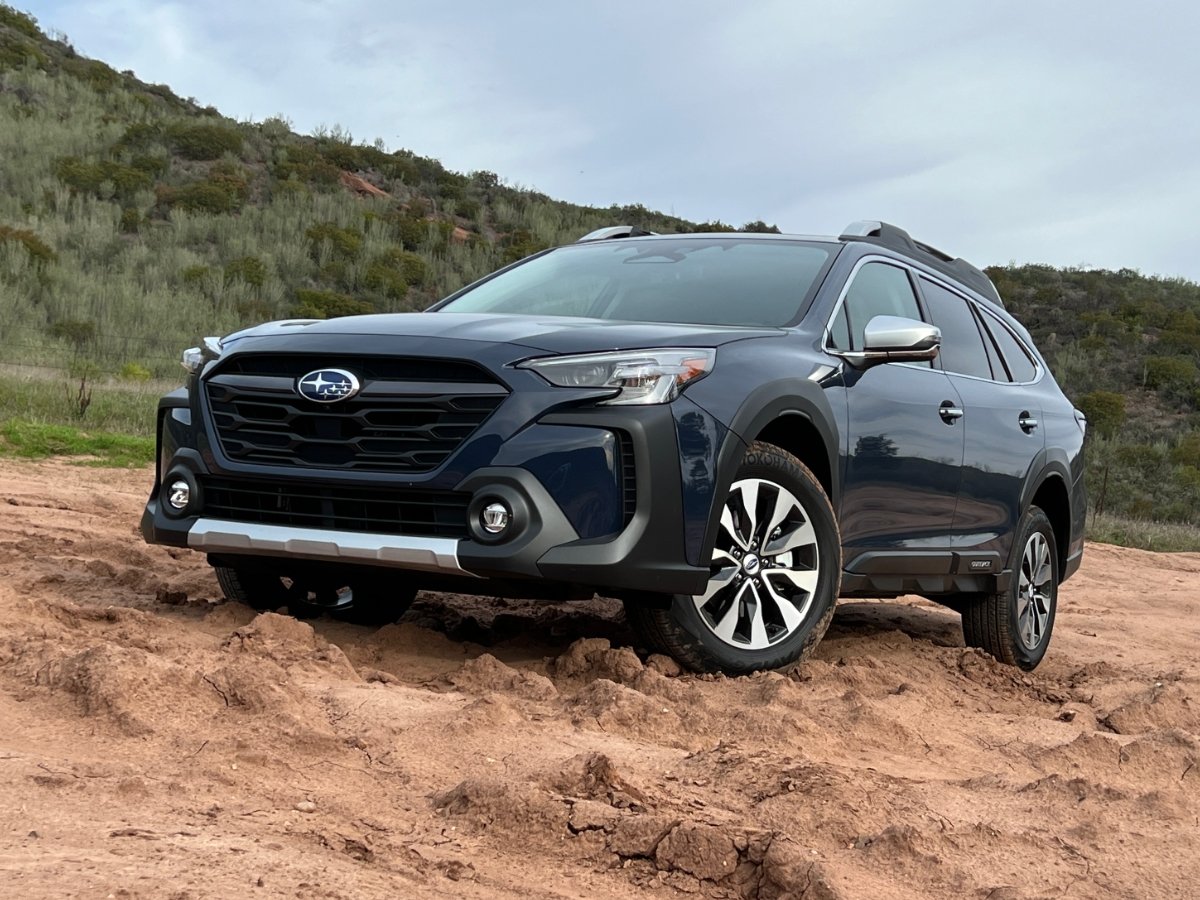
Much of that reliability comes from Subaru’s tight integration of hardware and software, relying on a proven internal ecosystem rather than piecing together tech from various suppliers.
All in all, the Subaru Outback is a solid choice for drivers who value digital stability as much as mechanical dependability.
Whether you’re trekking through snow or just commuting downtown, it offers a rare peace of mind in today’s software-heavy auto landscape — where less drama from your dashboard is something to be thankful for.
5. Lexus RX
The Lexus RX doesn’t just offer luxury in terms of materials and ride comfort — it delivers digital serenity as well.
In an era where many premium vehicles struggle with software bugs and over-engineered infotainment systems, the RX stands out as a model that simply works.
It combines thoughtful software design with rigorous quality control, offering owners one of the smoothest and most reliable tech experiences in its class.
Lexus, being Toyota’s luxury division, shares Toyota’s software philosophy: focus on dependability first. But while Toyota’s systems are known for being simple and stable, Lexus adds refinement without sacrificing reliability.
The RX uses a proprietary infotainment platform developed in-house, meaning there’s no heavy reliance on third-party software or flashy, unstable UI experiments. The result? Minimal bugs, consistent performance, and interfaces that don’t frustrate.
Older RX models were often criticized for their trackpad-style input, but Lexus has taken that feedback seriously. Recent versions now use a more conventional and responsive touchscreen layout while retaining physical buttons for critical functions like temperature and media.
This hybrid setup ensures the system is both intuitive and dependable — no freezing screens or misinterpreted gestures here.
Lexus vehicles are also known for needing very few software updates. OTA (over-the-air) functionality is available, but it’s used sparingly.
When updates are delivered, they tend to be seamless — you won’t find yourself waiting through long installation times or having to reboot your car multiple times. Most importantly, you won’t be forced into updates just to fix something that should’ve worked from the start.
Safety and driver-assist features in the RX also operate with a level of polish befitting a luxury brand. Adaptive cruise, lane tracing, and pedestrian detection work reliably and rarely require recalibration.
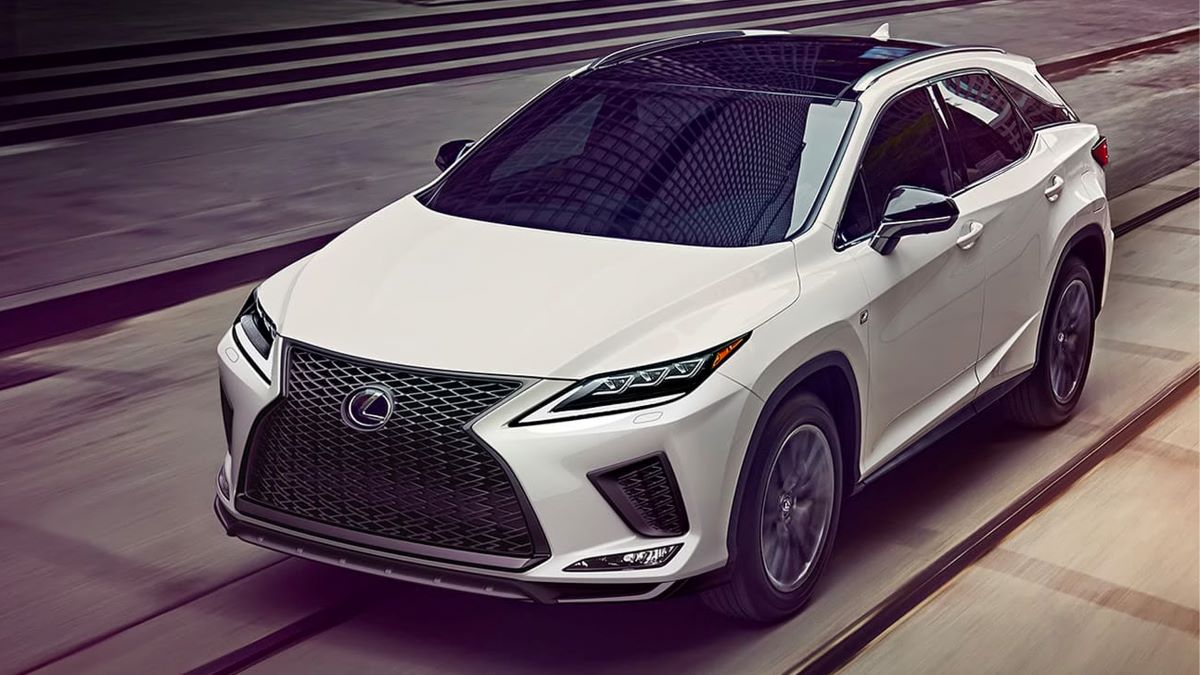
There are far fewer reports of system bugs compared to rival German SUVs, where complex tech stacks sometimes lead to strange or unsafe behavior.
The Lexus RX represents a different kind of luxury — one where technology blends quietly into the background. No software drama, no daily system restarts, no calls to the dealer because your parking sensors “forgot” how to park.
For buyers who want modern tech that works as effortlessly as the leather seats feel, the RX delivers that rare and valuable trait: digital peace of mind.
5 Vehicles That Constantly Glitch
While cars have become smarter, not all of them have become better. As automakers push the boundaries of in-car technology, many have sacrificed reliability in the process.
Flashy touchscreens, cloud-connected apps, augmented reality navigation — these features promise convenience, but they also introduce countless opportunities for things to go wrong. And in too many vehicles, they do.
Some cars feel like they were released before their software was finished. Owners report frequent issues like frozen infotainment displays, driver-assist features that misbehave, phone connections that drop out mid-drive, and navigation systems that crash or lag.
These glitches aren’t just annoying — they can affect safety, resale value, and overall trust in the vehicle. And while over-the-air (OTA) updates are supposed to fix these problems, they often create new ones or fail to arrive at all.
The problem isn’t just limited to cheaper models or newcomers to the EV race. Even established brands — including some that dominate the luxury space — have produced vehicles that suffer from persistent digital unreliability.
Often it’s the result of overly ambitious designs, rushed production schedules, or poor integration between hardware and software suppliers.
This list highlights five vehicles that have developed a reputation for software frustration. Whether it’s due to half-baked infotainment systems, erratic sensors, or a general overload of features that haven’t been properly tested, these cars serve as a cautionary tale of what happens when innovation outpaces execution.
If you value a smooth, predictable digital experience, these are the vehicles you might want to avoid — at least until their makers get the code right.
1. Ford Explorer
The Ford Explorer should be one of the most dependable midsize SUVs on the market, given its long-standing name and Ford’s reputation for practicality.
But in recent years, especially from the 2020 model onward, the Explorer has become an unfortunate poster child for software instability.
Its repeated issues with infotainment systems, driver-assist features, and system-wide bugs have made it a frustrating ownership experience for many.
The root of the problem lies in Ford’s decision to modernize aggressively — particularly with the launch of the SYNC 3 and newer SYNC 4 infotainment systems.
While these platforms introduced features like wireless Apple CarPlay, advanced voice control, and over-the-air updates, their rollout was plagued by problems.
Owners have reported everything from screens that randomly go black to Bluetooth connections that won’t stay linked, even after updates.
One of the most frustrating issues has been system lag or freezing, often while using core features like navigation or climate control.
Some Explorers even reboot the infotainment screen mid-drive — a jarring experience that disrupts everything from music playback to backup camera visibility. Ford has issued multiple software updates, but many have only provided partial fixes or introduced new issues.
Beyond the infotainment, the Explorer’s driver-assist technology has also drawn criticism. Systems like lane-keeping assist, adaptive cruise control, and collision warning can behave unpredictably.
There have been instances of false-positive alerts, missed lane markings, and forward collision systems that brake unnecessarily. These are not only annoying but also potentially dangerous.
Compounding the problem is Ford’s use of over-the-air updates, which, while intended to fix these bugs, often feel like Band-Aids rather than real solutions. Updates may fail to install properly or cause regressions in other features.
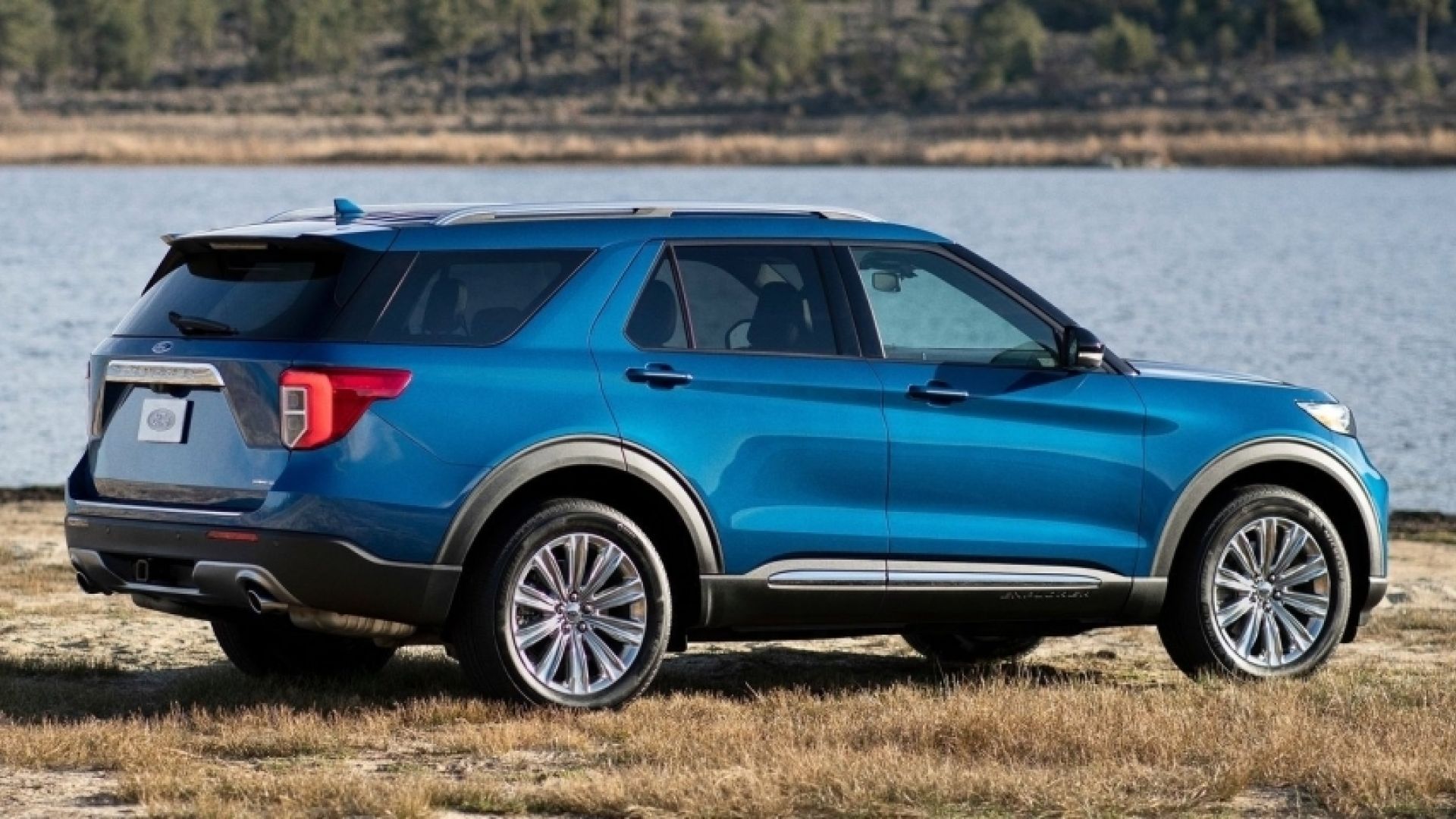
It’s not uncommon for owners to have to visit the dealership multiple times for software patches — exactly the kind of inconvenience OTA was supposed to prevent.
To Ford’s credit, it has acknowledged many of these issues and is actively working to improve the platform. But for now, the Explorer is a cautionary tale: a vehicle that tried to be on the digital cutting edge without ensuring the ground beneath was stable.
Until Ford irons out the wrinkles, tech-savvy buyers should approach the Explorer with caution — or look elsewhere for a glitch-free ride.
2. Volkswagen ID.4
The Volkswagen ID.4 was meant to be VW’s electric future wrapped in a sleek, user-friendly package. But while the ID.4’s mechanical engineering is solid and its design well-executed, the software side of the story has been far less impressive.
In fact, for many early adopters and even current owners, the vehicle’s digital experience has become its biggest drawback — plagued by instability, delayed updates, and baffling system behavior.
At launch, the ID.4 shipped with software that felt incomplete. Touchscreen lag, unresponsive menus, and random system reboots were all too common.
The center infotainment system — which controls everything from climate settings to navigation — often lags several seconds behind input or freezes altogether.
This isn’t just a minor inconvenience; when your car relies entirely on software for even basic functions, those bugs quickly wear down driver patience.
Owners have reported widespread issues with Apple CarPlay disconnecting, Bluetooth devices failing to sync properly, and system audio that cuts out without warning.
Even basic volume control has at times failed to work as intended, with the haptic touch sliders on the dashboard and steering wheel adding more confusion than convenience. These problems are exacerbated by VW’s reliance on a capacitive interface that lacks tactile feedback — and frequently glitches.
Volkswagen has promised improvements through over-the-air (OTA) updates, but their rollout has been painfully slow.
Many ID.4 owners had to wait months — even over a year — to receive critical updates, and some had to visit the dealership to have updates manually installed.
And while newer builds come with software version 3.0 and higher, early adopters have been stuck on outdated versions unless they go through complicated update processes.
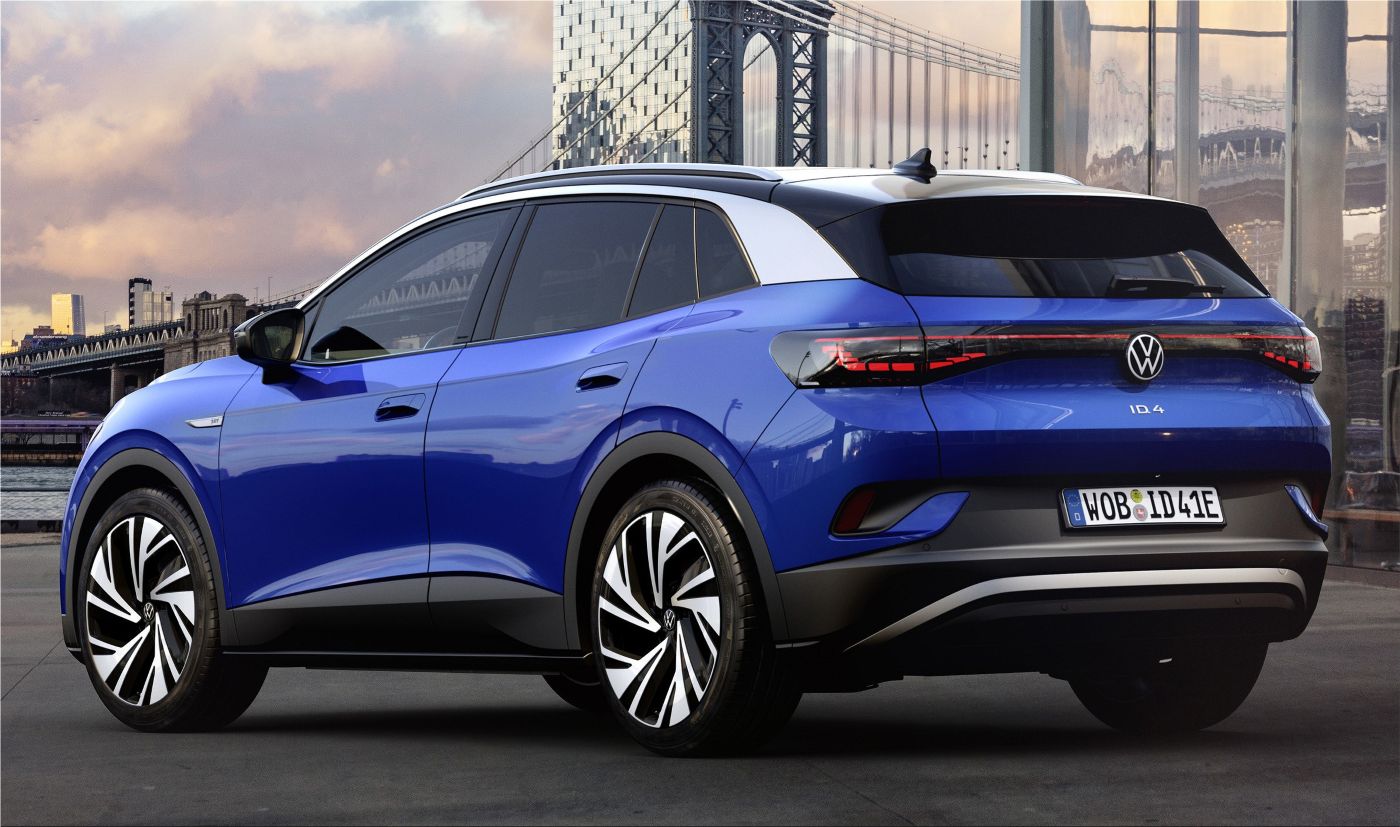
Driver-assist features, such as lane-keeping and adaptive cruise control, also suffer from inconsistency. False alarms, unexplained deactivation of systems, and unpredictable sensor readings have frustrated drivers expecting a smooth semi-autonomous experience.
The ID.4 shows promise as an electric vehicle, but it has clearly struggled with the “rolling computer” part of the EV equation.
Volkswagen’s legacy in mechanical quality hasn’t yet translated into digital fluency. Until software updates become more reliable and responsive, the ID.4 remains a warning to car buyers: futuristic doesn’t always mean functional.
3. Jeep Grand Cherokee
The Jeep Grand Cherokee has long been praised for its off-road prowess, comfort, and rugged capability. But when it comes to digital reliability — especially in recent models — the experience tells a different story.
Despite its upscale intentions and advanced feature set, the Grand Cherokee has developed a troubling reputation for glitchy software, particularly in its infotainment and driver-assist systems.
The main culprit? Jeep’s Uconnect system. While Uconnect once stood as a benchmark in user-friendly design, its more recent iterations — particularly Uconnect 5 — have been inconsistent at best.
Users report everything from frozen screens and dropped connections to full system reboots while driving. The central touchscreen is responsible for a wide range of controls, from seat heating to navigation, so when it misbehaves, the entire driving experience is affected.
Owners frequently cite issues like Bluetooth pairing that fails randomly, Apple CarPlay and Android Auto that disconnect without reason, and a backup camera that sometimes refuses to appear when needed.
These problems aren’t isolated to a few units either; they’ve become common enough to show up across owner forums, reliability studies, and dealership service records.
What makes matters worse is that fixes are often slow. OTA updates for Jeep vehicles are still a developing feature, meaning that many software issues require dealership visits — sometimes more than once — just to restore functionality. And in many cases, the updates fix one issue only to introduce another.
The Grand Cherokee’s suite of advanced safety and driver-assist technologies, like adaptive cruise control, lane-keeping assist, and parking sensors, also face criticism.
Sensor misreadings, warning chimes that trigger without cause, and inconsistent behavior of automated features reduce driver confidence and raise safety concerns.
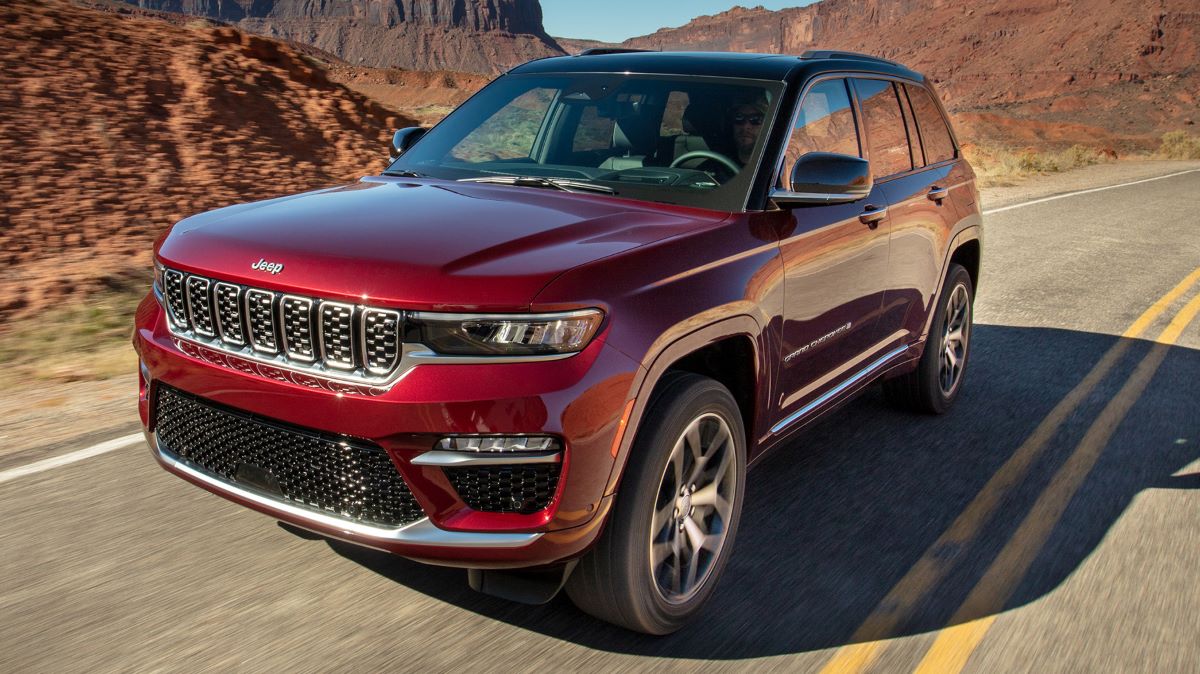
These tech issues are especially frustrating given the vehicle’s price point. The Grand Cherokee is often positioned as a near-luxury SUV, yet it lacks the digital polish found in competitors like the Lexus RX or even the Hyundai Palisade.
Despite its capable drivetrain and off-road credibility, the Grand Cherokee’s modern tech package drags it down.
In the race to keep up with high-tech expectations, Jeep has seemingly put too much faith in software that wasn’t fully ready for primetime. For buyers who prioritize digital functionality as much as mechanical durability, this SUV can be a risky choice.
4. Mercedes-Benz GLE
The Mercedes-Benz GLE is designed to showcase the pinnacle of luxury SUVs, blending prestige with innovation. On paper, it does everything right: plush interiors, advanced driver aids, and one of the most technologically ambitious infotainment systems in the industry.
But in execution, the GLE often becomes a frustrating experience for owners — not because of its drivetrain or build quality, but because of persistent software glitches that overshadow its premium promise.
At the heart of the issue is the MBUX (Mercedes-Benz User Experience) system, which integrates everything from navigation and voice control to ambient lighting and vehicle settings.
It’s an impressive interface when it works — voice commands like “Hey Mercedes” allow you to adjust climate settings or change the music. The problem is that it frequently doesn’t work as intended.
Many owners have reported that the voice assistant randomly activates or fails to respond altogether. The touchscreen can freeze without warning, or lag so badly that inputs are delayed by several seconds.
Navigation data can be slow to load, and the system occasionally drops Apple CarPlay or Android Auto connections mid-use. These problems are not limited to early production units — even updated 2022 and 2023 models continue to experience digital hiccups.
Making matters worse is Mercedes’ heavy reliance on touch and swipe inputs — even for basic controls like volume or HVAC. When the screen lags or crashes, you lose access to key vehicle functions, which can be both annoying and potentially dangerous.
The steering wheel’s haptic-touch buttons are another source of frustration, as they’re overly sensitive and can misfire with even a light brush.
Driver-assist features like adaptive cruise control, lane centering, and parking assist also exhibit inconsistent behavior. False alerts, camera misreadings, and sudden system disengagements are frequently reported, leaving drivers second-guessing whether they can rely on the tech.
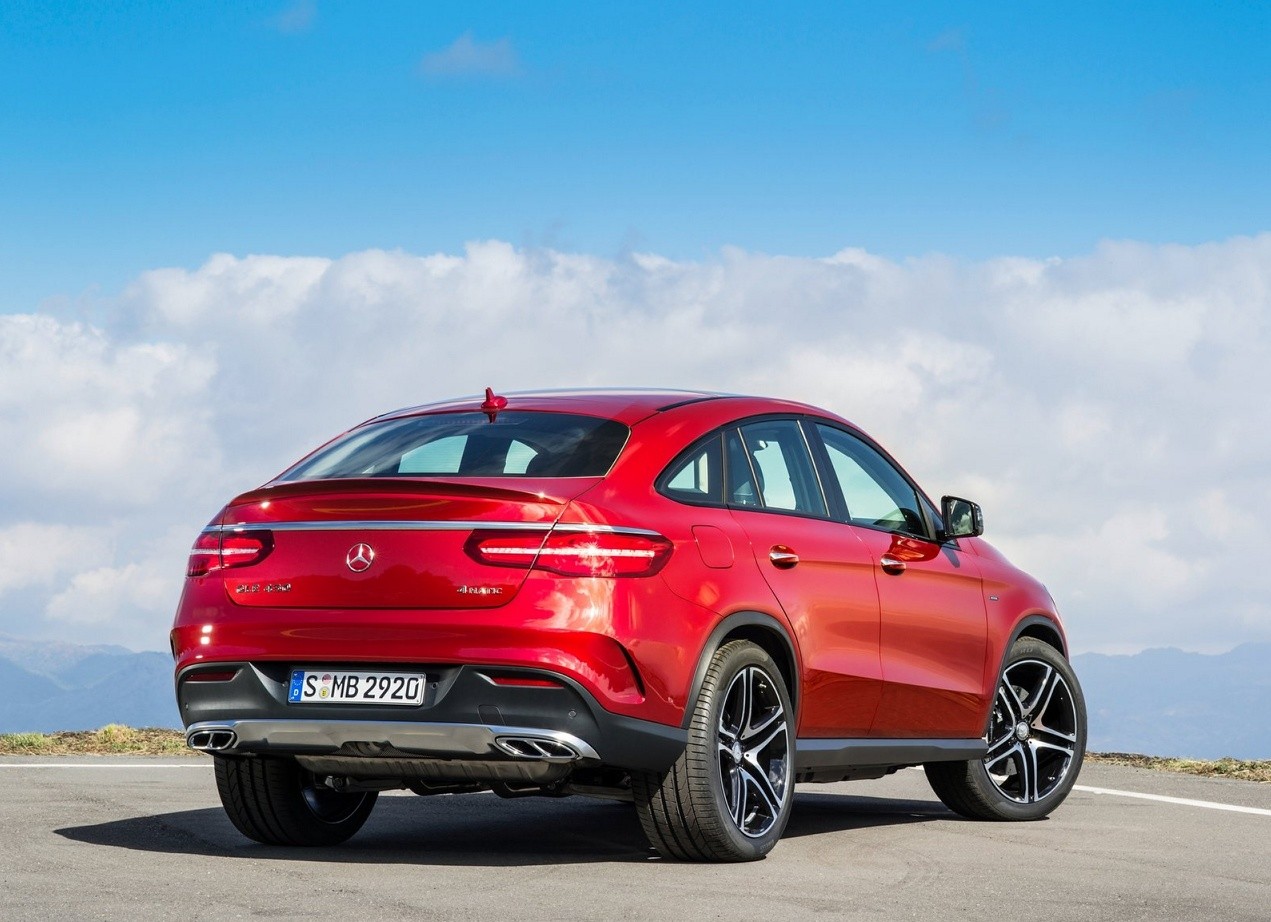
While Mercedes has introduced over-the-air (OTA) updates to patch some of these issues, the fixes have been gradual and incomplete.
Many updates require dealer visits, and in some cases, patches have reportedly introduced new bugs. For a vehicle that can easily top $75,000, this level of tech instability is unacceptable.
The GLE aims to be a digital flagship, but its overly ambitious software ecosystem frequently gets in its own way. If you’re shopping for a luxury SUV and expect bulletproof tech, the GLE is not the sure bet it ought to be.
5. Chevrolet Bolt EV
The Chevrolet Bolt EV has been praised for its affordability, range, and compact practicality in the electric vehicle (EV) world. It’s often positioned as a no-nonsense, entry-level EV for the everyday driver — and on many fronts, it delivers.
However, when it comes to software reliability, the Bolt EV has consistently fallen short, plagued by glitches that affect everything from infotainment to battery management.
One of the most persistent issues lies with the Bolt’s infotainment system. Owners frequently report screen freezes, Bluetooth connectivity problems, and frustrating lag while navigating menus. The system is slow to boot up and sometimes fails to recognize USB devices or phones for Android Auto or Apple CarPlay.
Random reboots while driving are not uncommon, occasionally leaving drivers without access to backup cameras or navigation — a serious concern, especially in tight urban environments.
The problem isn’t just isolated to entertainment features. Some Bolt EVs have shown inconsistencies in displaying range estimates and charging information, with software bugs causing fluctuations or inaccurate readouts.
Several owners have also encountered charging-related software faults that interfere with home charging setups, often requiring hard resets or software patches from dealerships to correct.
Chevy has issued multiple software updates to address these glitches, but the process hasn’t been smooth. Unlike Tesla’s seamless over-the-air system, most updates for the Bolt EV require a dealership visit.
Worse, some of these updates have led to other complications, including system slowdowns or incompatibility with existing smartphone features. Many early adopters feel they’ve become unpaid beta testers — dealing with problems that should have been resolved before release.
The driver-assist tech — including lane-keeping alerts, forward collision warning, and pedestrian detection — is hit-or-miss. False alerts and inconsistent system behavior have been widely reported, diminishing driver confidence in these safety aids.
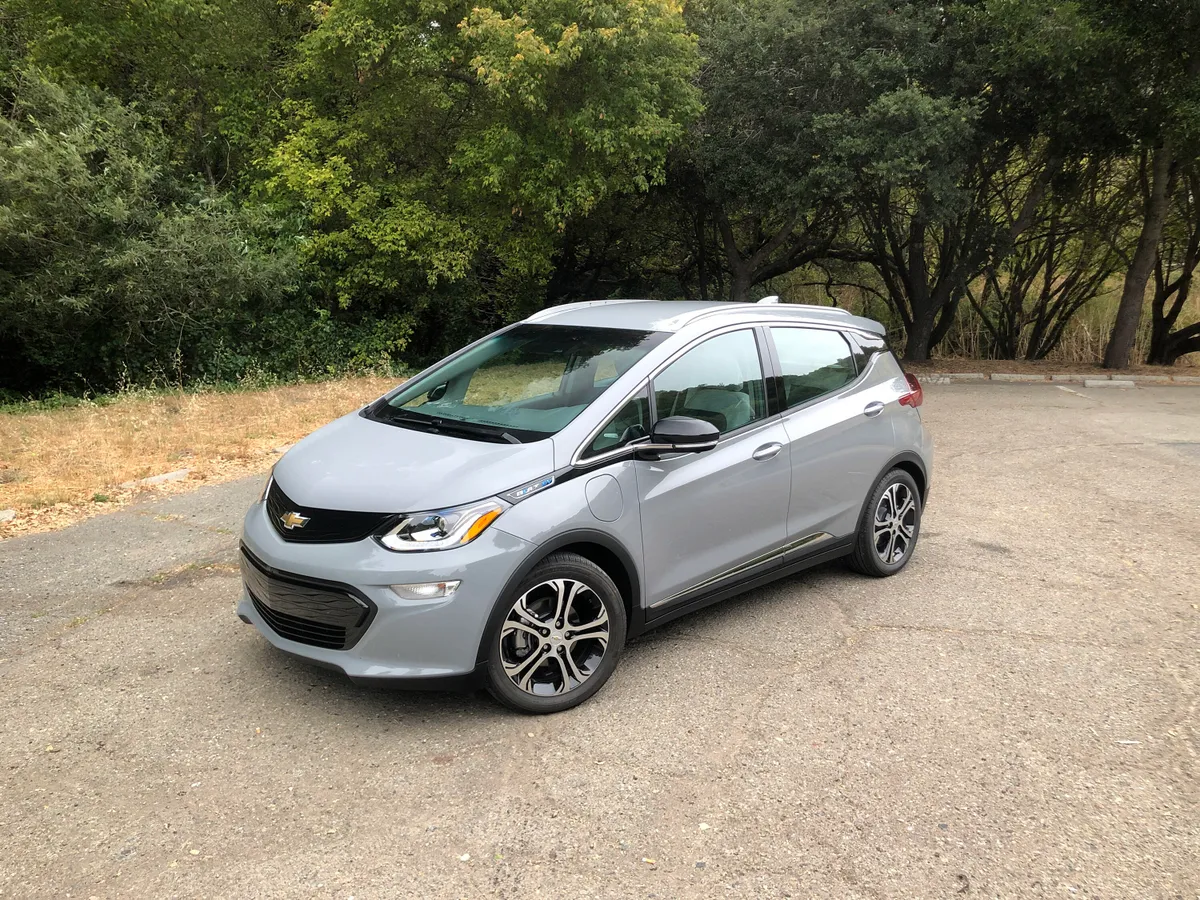
While the Bolt doesn’t offer full self-driving tech like some of its rivals, even its basic assistance features lack the polish expected in modern vehicles.
It’s a shame, because the Bolt EV gets a lot right mechanically. But its persistent digital instability holds it back from being the solid, fuss-free EV it could be.
For tech-savvy buyers who expect smooth and reliable software, the Bolt EV represents a cautionary tale of how software can tarnish an otherwise great product.
As vehicles become more connected and software-driven, the definition of reliability is rapidly evolving.
It’s no longer just about how long an engine lasts or how solid the suspension feels — now, it’s equally about whether your infotainment freezes during a commute, or if your backup camera decides to vanish when you need it most.
In this new landscape, software is the unseen force shaping every drive, and for better or worse, not all automakers are handling it with the care it demands.
Also Read: 5 Cars With Clutch Pedals That Last a Lifetime and 5 That Break Legs and Budgets

